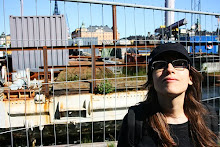The construction of the Vasa was ordered in 1625 by Swedish king Gustav II Alfred to fight against the Polish during 30 Years War. This war started in 18618 because of the Protestant Reformation in the northern countries.
However, the ship’s purpose was not only to defeat the Polish, but also to represent the splendour and power of the Swedish Crown.and King Gustav. The Vasa was decorated with motifs from the Greeks, the Romans, the Ancient Egypt and figures from the Old Testament. Some of these figures were fantastic such as mermaids or tritons. The mast’s ship was a is lion which not only makes reference to the Swedish Coat of Arms but also to the power and the imminent attack from the ship.
Originally, the Vasa was armed with enough cannons in order to favour the stability of the ship. But King Alfred decided to add more cannons, so the engineers had to increased the height of the ship by constructing to decks just for the cannons filled the ship’s basement with rocks to maintain the stability on the water.
Despite the efforts of the engineers to satisfy the king and the ship’s stability demands, the Vasa sunk.
In 1950, 325 years later, archaeologist Anders Frazen started the process for the recovery of the Vasa which was finally raised in September 1959. Not only the ship was recovered, but also the guns pots, cannons and the personal objects from the crew. Because of the mud covering the ship and the absence of microorganisms in the Baltic Sea which causes the decomposition of the wood, the Vasa recovered almost entirely (95%).
Nowadays you can visit the Vasa at the Vasa Museet in Stockholm.




